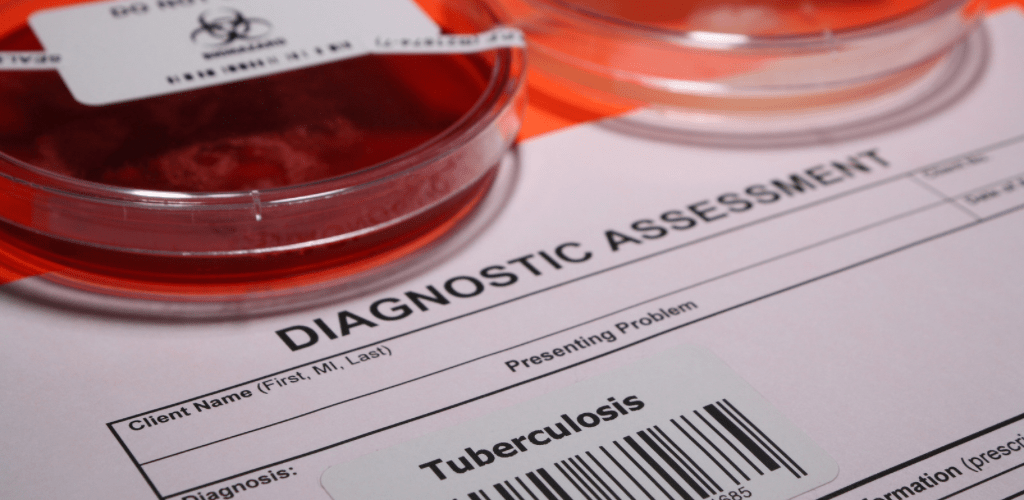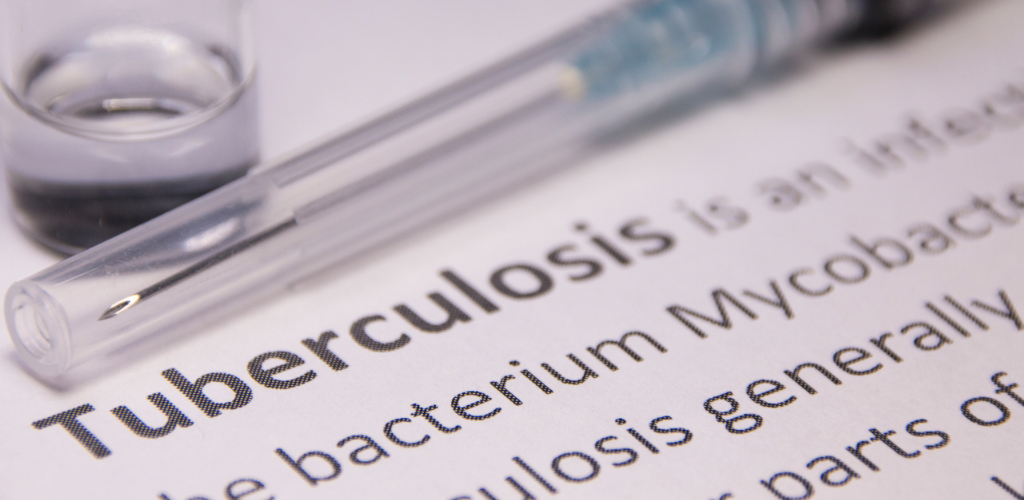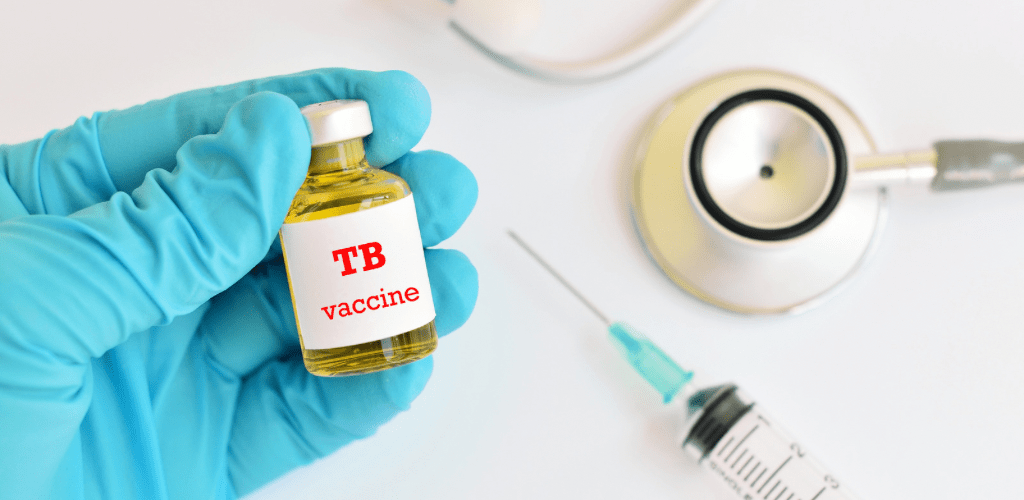Allopathic treatment for pulmonary tuberculosis is typically based on a combination of antibiotics to effectively combat the Mycobacterium tuberculosis bacteria. Here’s a general overview of the allopathic approach:
1. First-Line Medications:

- Isoniazid (INH): Targets actively dividing bacteria.
- Rifampin (RIF): Inhibits bacterial RNA synthesis.
- Ethambutol (EMB): Disrupts bacterial cell wall synthesis.
- Pyrazinamide (PZA): Works on intracellular bacteria.
2. Combination Therapy:

- A combination of these medications is usually prescribed to prevent the development of drug-resistant strains.
- Directly Observed Therapy (DOT) ensures medication adherence.
3. Duration of Treatment:
- Treatment typically lasts for several months, with a specific regimen depending on the type and severity of tuberculosis.
4. Monitoring and Tests:

- Regular monitoring of treatment progress through clinical assessments and laboratory tests.
- Chest X-rays and sputum cultures may be used to evaluate the response to treatment.
5. Management of Drug-Resistant TB:

- In cases of drug-resistant TB, second-line drugs like fluoroquinolones and injectable agents may be considered.
- Management can be more complex and may require an extended duration of treatment.
6. Supportive Care:

- Nutritional support to enhance overall health.
- Management of symptoms such as cough, fever, and weight loss.
It’s crucial for individuals with pulmonary tuberculosis to follow their prescribed treatment plan diligently and complete the entire course of medications to ensure effective eradication of the bacteria and prevent relapse. The treatment approach may be adjusted based on individual factors and the patient’s response to therapy. Regular communication with healthcare professionals is essential throughout the treatment process.




